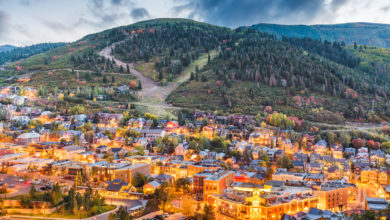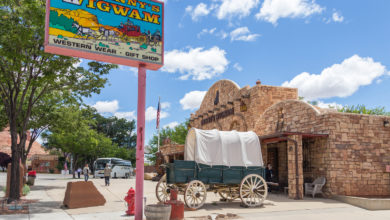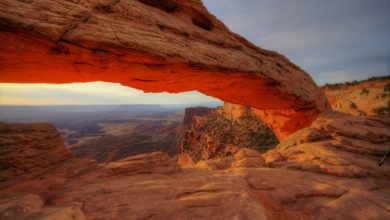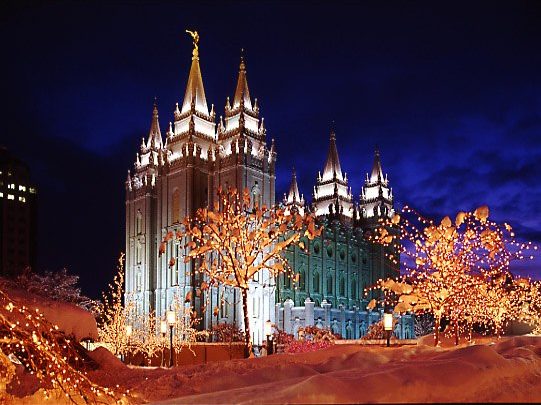
In January of 1896, President Grover Cleveland signed a proclamation, making Utah the 45th state to join the union. The beautiful state is popular among tourists because of its vast natural wonders like Bryce Canyon, Timpanogos Cave, Rainbow Bridge, and Goblin Valley. Because of its mountains and high amounts of snowfall each year, the Beehive State is also a skier’s paradise. Utah is also home to 5 national parks and 6 national forests. But all of this is just the tip of the iceberg. Here are 6 more things about Utah that make it unlike any other state in the country.
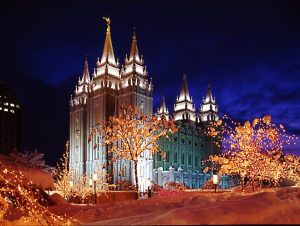
The Salt Lake City Temple is breathtaking.
The Salt Lake City Temple stands on a 10-acre tract of land called Temple Square in downtown Salt Lake City. The temple belongs to the Church of Jesus Christ of Latter-Day-Saints, often called LDS or Mormons. It is the largest LDS temple in the world and serves as an icon for the church. Construction of the temple began in 1853, and it took 40 years to complete the massive structure. It stands 222 feet tall and boasts both neo-Gothic and Romanesque architectural elements. The foundation is made of sandstone, and the temple walls are quartz monzonite, which looks a lot like granite. The temple is spread out over more than 253,000 square feet but isn’t used as a church or a meeting house. Rather, it is a place where sacred rituals or ordinances are performed by members of the church leadership.
The temple itself is not open to the public for tours. That’s because no one is permitted entrance to the temple without a temple recommend. The recommend is bestowed upon Mormons who have been interviewed by members of leadership in the church and who have met certain criteria which deems them worthy to be in the temple. The surrounding buildings and common areas on Temple Square, however, are open to visitors.
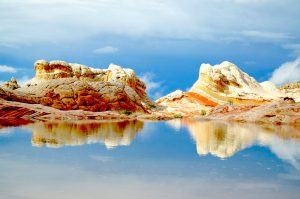
Kanab is a little piece of Hollywood — right there in Utah.
During the 1920s, Hollywood fell in love with an area in Utah called Kanab. They felt that the area was not only beautiful, but the perfect setting for movies and TV shows. In fact, the movies filmed in Kanab were largely responsible for granting Americans an introduction to the state of Utah, its terrain and its natural beauty. The Lone Ranger (1938), John Wayne’s Stagecoach (1939), Black Bart starring Yvonne De Carlo (1948), and Planet of the Apes starring Charlton Heston (1968) are just a few of the many movies that were filmed in Kanab. The popular western TV series Gunsmoke (1955-1975) was filmed here, as were Lassie (1954-1971) and the Six Million Dollar Man (1974-1978).
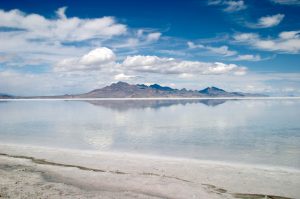
The Great Salt Lake is magnificent.
Utah’s Great Salt Lake is located in the northern part of the state. It is the largest salt lake in the western hemisphere and the largest United States lake aside from the Great Lakes. At its normal level, the Great Salt Lake’s surface area spans some 1,700 miles. But because the lake is relatively shallow at only 16 feet deep, the amount of precipitation in the area has a direct effect on the lake’s water level. Changes in the amount of precipitation from year to year cause the lake’s surface area to swell or shrink. Because of this, the state hasn’t taken an interest in promoting tourism with attractions, hotels and the like since construction of structures at the lake wouldn’t be feasible.

There are 11 recognized islands on the lake. The largest—Antelope Island—encompasses some 42 square miles. And though the lake does have islands within it, you won’t find many living species in the lake. That’s because of the Great Salt Lake’s salinity. Only brine shrimp and a few species of algae can live in such salty water. Because the lake’s salinity level ranges from 5% to as much as 27%, the lake has even earned the nickname of “the Dead Sea of America.”
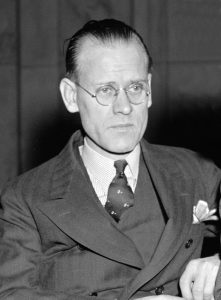
The inventor of the television was born in the Beehive State.
Inventor and scientist Philo T. Farnsworth was born in the small town of Beaver, Utah, in August of 1906. He was a television pioneer and developed the first fully functional, all-electronic television system, complete with receiver and camera in 1927. RCA wanted to buy the rights to the system, but Farnsworth initially rejected the offer. He founded the Farnsworth Television and Radio Corporation in 1938. Years later, Farnsworth agreed to a second offer proposed by RCA and received $1 million for the rights. RCA then began to sell the first-ever electric televisions for the home. Farnsworth died in 1971, but he was posthumously inducted to the San Francisco Hall of Fame and the Television Academy Hall of Fame.
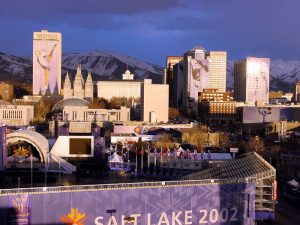
In 2002, Utah opened its doors and cities to 2,400 athletes.
Formally called the XIX Olympic Winter Games, the 2002 Winter Olympics took place in Utah from February 8 to February 24. Almost 2,400 athletes from 77 different countries competed in 78 events as part of the games. The state of Utah began plans to build Olympics-worthy venues in the late 1980s. The venues were to be built with public funds that would be repaid with revenue generated as a result of the Olympics being held in Utah. But the state lost the bid for the 1998 Winter Olympics. Even so, construction continued on the many different competition venues, and the bid for the 2002 games was awarded to Utah in part because the state had constructed those venues specifically for the winter games. More than 12 different venues across northern Utah served as the backdrop for the Olympic Games in 2002. Norway took home 13 gold medals, while Germany won 12. Team U.S.A. went away with 10 gold medals, 13 silver and 11 bronze. The venues still stand in the state as a lasting souvenir from that winning Olympic bid so long ago.
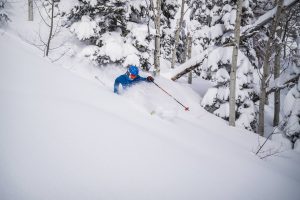
Skiers love “The Greatest Snow on Earth.”
If you’ve ever seen a license plate from the Salt Lake State, chances are you’ve noticed the words on it: “The Greatest Snow on Earth.” No, it’s not a typo or a mistaken quasi-reference to the now dissolved Barnum and Bailey Circus. It’s more of a belief among Utahans. Powder junkies and other kinds of avid skiers will tell you that the best snow for skiing falls from the clouds over Utah. Interestingly enough, this is more than just the opinion of winter sports enthusiasts—there’s actually some science behind it.
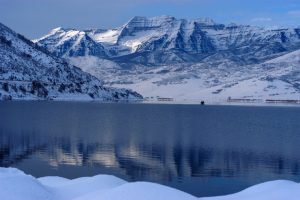
Research conducted by atmospheric scientist Jim Steenburgh at the University of Utah suggests that climate conditions present over the Wasatch Mountains in the Cottonwood Canyon of Salt Lake City are what’s behind Utah’s prime deep-powder skiing snow. Climate conditions in this part of the state cause the snow on the mountains at Utah’s ski resorts to be lighter and drier than snow in other places in the country. Utah’s snow has the right consistency, which has a lot to do with the water content of the snow. Skiers love Utah’s slopes because the snow allows for good floatation, or how well a skier stays above, rather than sinking into, the snow. It also helps tremendously that Utah has frequent and predictable snowstorms in this area, and the storms usually dump just the right amount of snow—not too much, not too little. These storms are affectionately referred to as “Goldilocks Storms.”
Perhaps Utah is a favorite location among skiers for a few other reasons. Ten of the state’s 14 ski resorts are situated within an hour of Salt Lake City International Airport. There are also different types of resorts and terrain offered at Utah’s ski areas. Are you looking for Olympic downhill resorts? Utah has them. Resorts with precision-engineered terrain? Utah’s the place!


